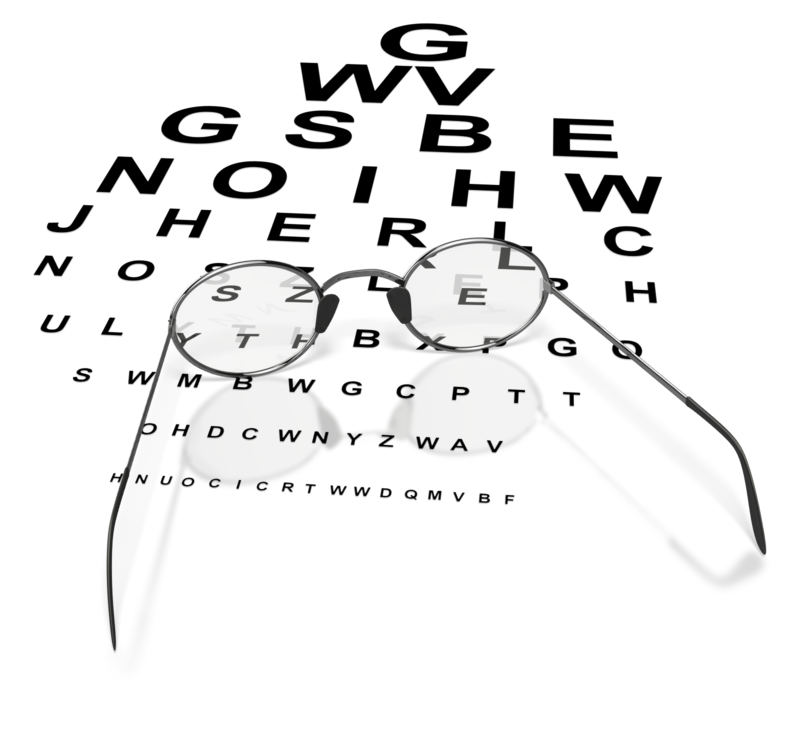Mrs. Smith walked into my office.
“Johnny said you want to talk to me about his visual processing.
“What does visual processing have to do with learning?
“My child can see…he passed his vision test and has 20/20 vision.”
“Excellent!” I responded, “Now let me clarify my message.”
I went on to explain that visual processing has to do with the interpretation of the visual signal (how the brain perceives and processes what the eyes see), not its sharpness or accuracy.
My posts this week will explore various types of visual processing difficulties, how they can be identified, and how they impact learning.
Let’s take a look at one visual processing skill – Visual Discrimination.
Visual Discrimination is the ability to identify differences and similarities between:
- Letters
- Numbers
- Shapes
- Colors
- Patterns
- Positions
- Pictures
- Orientations
- Objects
This can lead to difficulty in:
- Reading (mistaking words with similar beginnings and endings)
- Writing (distinguishing between letters and leaving spaces between words when writing)
- Spelling (trouble remembering the order of letters in words)
- Mathematics (distinguishing between numbers and shapes)
- Social Studies (replicating visual models and demonstrations)
- Social Interactions (misinterpreting subtleties in facial expressions and body language)
If your child has trouble with visual discrimination, with practice, you can help him develop and improve this skill.
Use an eye patch to cover one eye at a time. That way each eye is strengthened independently.
How do you help your child improve his visual discrimination skill?
Begin with these activities:
- Have him sort by attributes like color, shape, size, etc. (for younger children use toys and actual objects; older children can use pictures and images)
- Discuss the differences between the objects and pictures
- Talk about the similarities between the objects and pictures
As you work through these activities with your child, anticipate confusion and patiently point out examples of the correct responses.
Is your child demonstrating any of the above-mentioned difficulties?


Hey Flo
Such wonderful points, dear!
“visual processing has to do with the interpretation of the visual signal (how the brain perceives and processes what the eyes see), not its sharpness or accuracy.” – absolutely!
I loved your tactic to begin with a story – always a crowd-puller! Muaah
NEVER stop writing and sharing this inimitable insights #HUGS
Lots of love
Kitto
Thanks, Kitto.
This blog challenge is certainly helping me to hone my writing skills.
In your experience, how long would you suggest keeping the eye patch on at a time?
The eye patch is kept on for the duration of the activity. You alternate from one eye to the other, for each task.